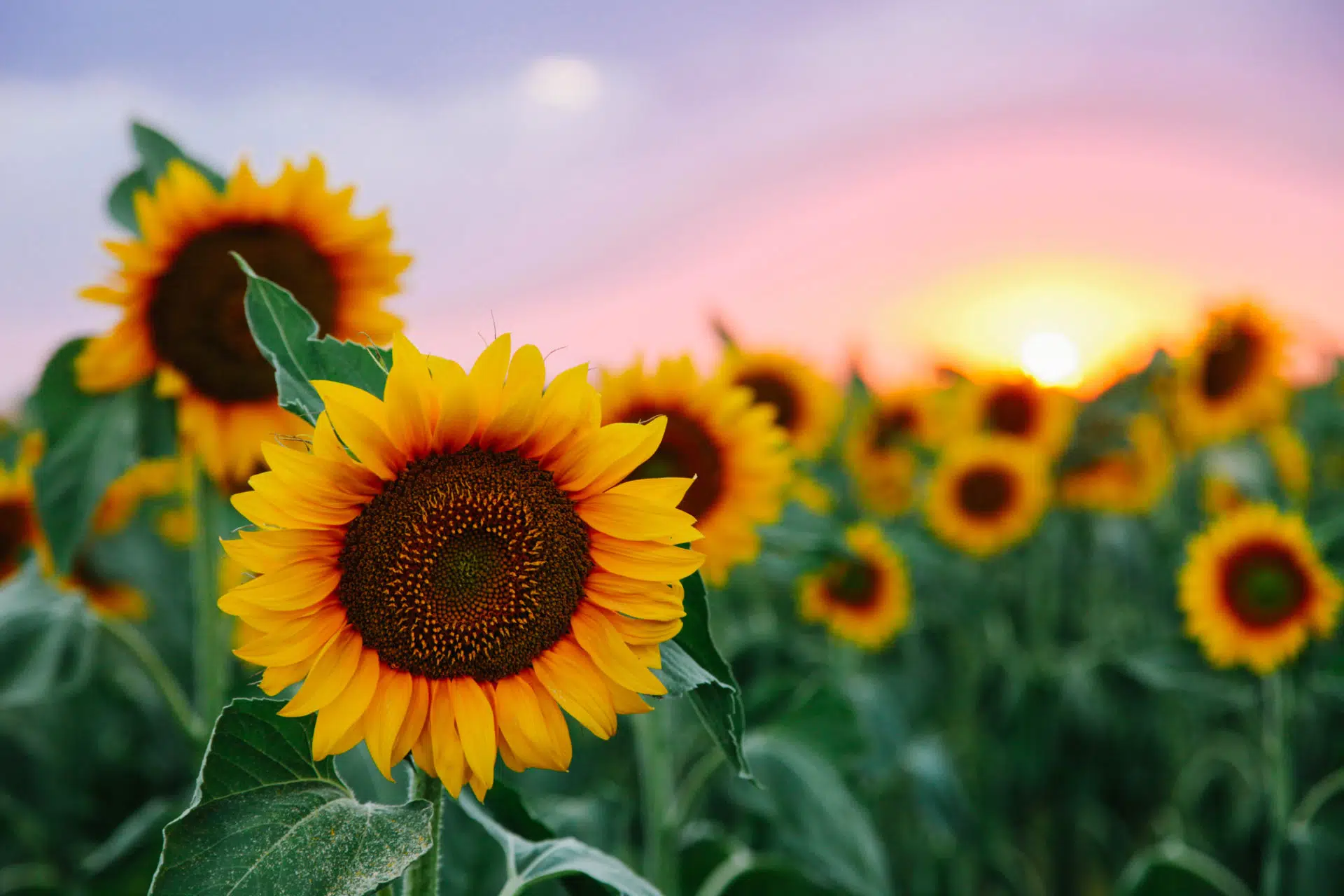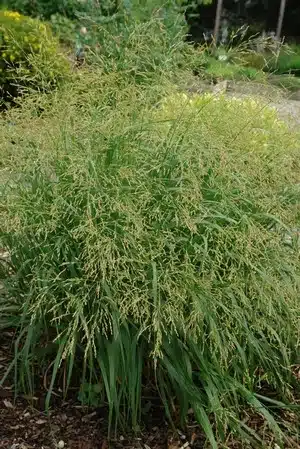Plants
For Poorly Drained, Moist Soil

Looking for something in particular? Click here to search.

Itea virginica ‘Henry’s Garnet’
Virginia sweetspire
Belonging to the family Iteaceae, the genus Itea contains 29 species, 28 of which are native to Asia and Africa. Itea virginica grows naturally only in wetlands from New Jersey,... more

Fothergilla
Fothergilla
Fothergilla is a charming shrub native to the southeastern United States. The name of the genus, which has also become the common name, honors John Fothergill (1712-1780), a Quaker physician... more

Erica and Calluna
Heath and Heather
Erica and Calluna are charming shrubs in the heath family (Ericaceae). They are native to the moors, mountains and woods of Europe, Africa and western Asia. Heaths (Erica) contain more... more

Evergreen azalea
Rhododendron ‘Hino-Red’ is named after a city near Tokyo. It is classified in the Kurume group of evergreen azaleas, which in Northeast Ohio are semi-evergreen. These azaleas perform best in... more

Hydrangea quercifolia
Oakleaf hydrangea
This outstanding shrub is native to the southeastern U.S. where it inhabits moist wooded slopes, ravines, and the banks of streams. Hydrangea quercifolia is one of two hydrangeas native to... more




Vaccinium corymbosum
Highbush blueberry
Blueberries are members of the heath family (Ericaceae). Vaccinium corymbosum has significant value for wildlife and for enhancement of our landscape. Its rhododendron and azalea cousins may have very showy... more


Rudbeckia maxima
Great coneflower
Peganum from Henfield, England, CC BY-SA 2.0 <https://creativecommons.org/licenses/by-sa/2.0>, via Wikimedia Commons more

Rhus typhina ‘Tiger Eyes’
Staghorn sumac
Photo by and (c)2006 Derek Ramsey (Ram-Man). Location credit to the Chanticleer Garden., CC BY-SA 3.0 <http://creativecommons.org/licenses/by-sa/3.0/>, via Wikimedia Commons more

Rubus odoratus
Purple flowering raspberry
$Mathe94$, CC BY-SA 3.0 <https://creativecommons.org/licenses/by-sa/3.0>, via Wikimedia Commons more

Rhexia virginica
Meadow beauty
Peganum from Henfield, England, CC BY-SA 2.0 https://creativecommons.org/licenses/by-sa/2.0, via Wikimedia Commons more










Cornus sericea ‘Ruby’
Red-osier dogwood
This cultivar was introduced in 1988 and was selected for its layering habit, bright red stems and uniform rounded form. Red stems provide some much need color in a snow-covered winter landscape. Small white flowers appear in the... more
People for Trees™
Make a difference in
your own backyard.
Plant and care for a tree beginning with making a pledge. We will support each pledge with easy-to-follow instructional toolkits, guidance on how to select the most appropriate tree and where to purchase it, free virtual classes and other ongoing support.
Make a pledgeWhat can we help you find?
Popular searches:




